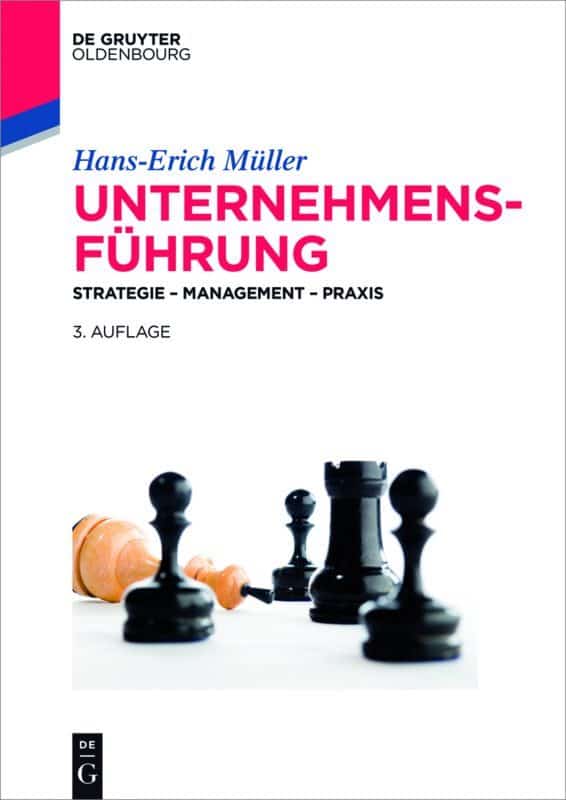Agile Management in the Digital Age: It’s Not What You Think!
With agile methods conquering traditional industries, long-established companies now teach their managers to use intuition by playing with Lego. But is agile management really the answer to everything?
There is no revolution without exaggeration – and the digital transformation is no exception. Agile methods like Scrum and design thinking, born in the world of software development and internet startups, have begun to flourish in established organizations and are conquering traditional industries that used to lay emphasis on rational planning.
Intuition and trial-and-error are having a comeback and self-managed teams are promising to replace bureaucracy. But is agile management really the answer to all the challenges that the advent of smart products, smart factories and the internet of things poses to our modern industries? Will rational planning really become obsolete?
“Bureaucracy is amazingly resilient.”
For one, bureaucracy is amazingly resilient. And while self-managed teams may be more self-determined, they might also lead to more pressure and be less efficient in the end. Ultimately, the superiority of self-management remains yet to be proven.
From Thinking First to Seeing First and Doing First
Henry Mintzberg and Frances Westley have forcefully criticized the complete dominance of rational thinking, analysis and systematic evidence in management. As they have argued in 2001 already, decisions can often defy a pure step-by-step logic. Since management is a practice that people learn in context, companies that want to be effective need to embrace more intuitive or action-oriented forms of decision making.
Thinking First, the rational approach typically taught in scientifically oriented business schools has its limits, so Mintzberg and Westley propose complementing it with two other approaches.
- Seeing First embraces the insight that many decisions are driven as much by what is seen as by what is thought
- Doing First means trying out various things, finding out which one works, and repeating it while discarding the rest
But Mintzberg and Westley do not to suggest to suspend thinking altogether. Instead, they recommend putting it in its place alongside other forms of decision-making. Ideally, organizations combine all three approaches and choose the ones that work best for a particular context.
- Thinking First works best when there is an established production process
- Seeing First has its strengths in product development
- Doing First might be the go-to approach for companies that face a disruptive technology
Agile Engineering and Big Industry
Meanwhile, the hype around agile engineering approaches continues. In Germany, big industry players like Daimler, Airbus, Postbank and Telekom now teach their managers to use intuition by engaging in exercises like Lego serious play.
“Long established organizations are successfully balancing traditional forms of management with intuitive approaches.”
Nevertheless, rational thinking and planning are not disappearing. Long established organizations are successfully balancing traditional forms of management with intuitive approaches. Siemens is complementing its conventional waterfall process management with iterative cycles while bundling its startup-activities in their unit next47. And at the Digital Lab Berlin, a team of Volkswagen specialists works on new mobility services and networked vehicles removed from the company headquarters in Wolfsburg.
These examples show that successful decision making must be based on a combination of several factors.
- clarity and analysis
- creativity and intuition
- practical learning
In other words, you have to know when to trust your intuition and when to depend on slow, deliberate thinking. Even within agile approaches, planning can still be used to enhance efficiency and reduce risk.
Do Business Schools Kill Creativity?
What we do need to think about, however, is how to reform the way we teach in business schools. It’s surely no coincidence that the TED-Talk Do schools kill creativity? has been viewed over 45 million times on Youtube.
We still rely on textbooks and traditional lectures, but how can we teach innovative approaches like Seeing First and Doing First to our students?
Textbooks are getting better. They now feature case studies, videos, gamification and blended learning elements. Students can also enroll in programs to study abroad. They complete internships in real firms and cooperate with real startup companies in projects as part of their coursework.
But the search for excellence in management learning in the digital age, the right mix between science, art and practical learning, is only beginning.
[Title Image by Matthew Guay via Unsplash]
